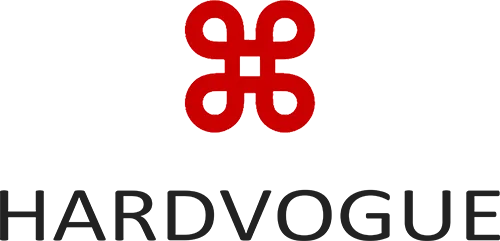Adhesive Metallized Paper is a high-performance material that combines the sleek, reflective properties of metallized paper with the convenience of an adhesive backing. This paper has a metallic finish, which gives it a premium and eye-catching appearance. It is designed for applications that require both a high-quality visual appeal and strong adhesion to various surfaces. The metallic surface provides a luxurious and modern look, making it a popular choice for packaging, branding, and labeling.
Metallized paper is typically made by applying a thin layer of metal (usually aluminum) to the paper substrate, which enhances its durability and provides a shiny, reflective surface. When combined with adhesive properties, this material becomes ideal for a wide range of applications that demand both aesthetics and functionality.
| Property | Unit | Standard Value |
|---|---|---|
|
Basis Weight |
g/m² |
62 ±2, 70 ±2, 83 ±2, 93 ±2, 103 ±2 |
|
Thickness |
µm |
52 ±3, 60 ±3, 75 ±3, 85 ±3, 95 ±3 |
|
Aluminum Layer Thickness |
nm |
30-50 |
|
Adhesive Type |
- |
Acrylic |
|
Adhesive Strength |
N/25mm |
≥ 15 |
|
Peel Strength |
N/25mm |
≥ 12 |
|
Gloss (75°) |
GU |
≥ 75 |
|
Opacity |
% |
≥ 85 |
|
Moisture Content |
% |
5-7 |
|
Heat Resistance |
°C |
Up to 180 |
Product Types
Adhesive Metallized Paper comes in various types to meet specific requirements in different industries. The main types include:
Market Applications
Adhesive Metallized Paper has a broad range of applications across several industries. Its unique combination of visual appeal and adhesion properties makes it ideal for various uses, including:
Product Technical Advantages
Core Demand:
Nano-scale metallic coating technology increases glossiness to 98%, enhancing the texture of gift boxes while reducing costs by 15% compared to traditional methods.
Multi-layer composite technology integrates moisture-proof, oil-resistant, and antibacterial functions, meeting high-end food packaging needs. For example, chocolate packaging uses a three-layer composite structure to extend shelf life to 18 months.
Limited edition packaging drives premium pricing. Holographic metallized paper used in shopping bags and labels can achieve a gross margin of 55%.
Core Trends:
Digital printing technology supports 1200 dpi high-resolution graphics. New printing machines achieve nano-level coating precision, enhancing color fidelity (ΔE ≤ 2) by 30%.
Dynamic effects: Holographic coatings and thermochromic technologies are becoming widespread. For instance, Coca-Cola's limited-edition packaging reveals a hidden logo with temperature changes, boosting sales by 12%.
Variable data printing: E-commerce logistics labels support real-time QR code generation.
Customization services: Writable metallized paper supports laser printing and hand drawing, ideal for premium greeting cards, with gross margins of 45%.
Core Drivers:
Bio-based adhesives have penetration rates of 25% in the EU and 18% globally.
Recyclable coating technology is supported by the EU's PPWR regulation, which requires a 65% recycling rate for packaging materials by 2025. Recyclable multi-layer composite paper has achieved a recycling rate of 75%.
Plastic bans are fueling demand for alternatives. The EU will ban certain single-use plastic packaging starting in 2030. Adhesive metallized paper is expected to reach a 30% penetration rate in food packaging.
Technological Breakthroughs:
Holographic coatings account for 50% of pharmaceutical packaging. Microtext printing technology boosts tamper-resistance by 30%.
Blockchain traceability combined with metallized paper, as seen in Alibaba Cloud’s “one item, one code” solution, enables full-chain tracking from production to sales, reducing counterfeit rates by 40%.
Smart labels with integrated NFC chips allow consumers to verify authenticity via scan, increasing repurchase rates by 15%.
Technology Trends:
Nano coating combined with 3D printing achieves stereoscopic effects, yielding gross margins of 45%.
UV digital printing supports resolutions of 600 × 1200 dpi. Color UV digital printing systems allow seamless stitching of extended prints, improving production efficiency by 25%.
AI technology is used for real-time monitoring of coating thickness, improving production efficiency by 25% and reducing defect rates by 10%.





















 download pdf
download pdf